The state-of-the-art Navi Mumbai International Airport (NMIA) has been unveiled. Prime Minister Narendra Modi on Wednesday (October 8) inaugurated Phase 1 of the airport in the presence of Maharashtra Chief Minister Devendra Fadnavis and Deputy Chief Ministers Eknath Shinde and Ajit Pawar, Union Civil Aviation Minister K Ram Mohan Naidu and Union Minister of State (MoS) of Civil Aviation Murlidhar Mohol.
Touted as India’s largest greenfield airport project, NMIA has been constructed to ease the congestion at Mumbai’s sole international airport, the Chhatrapati Shivaji Maharaj International Airport (CSMIA).
Let’s take a look.
PM Modi unveils Navi Mumbai airport
Spread over 1,160 hectares, the Navi Mumbai International Airport is being developed in phases.
Before the formal inauguration of phase 1 of the airport, PM Modi took a look around the newly constructed facility.
Navi Mumbai International Airport Private Limited (NMIAL) is a joint venture between Adani Airports Holdings Limited, which has a 74 per cent stake, and the City and Industrial Development Corporation (CIDCO), which has a 26 per cent stake.
The structure of the airport is inspired by the lotus, India’s national flower. It features 12 sculptural columns symbolising petals and 17 mega-columns holding large lotus canopies.
On the way to Navi Mumbai to take part in the programme marking the inauguration of Phase-1 of the Navi Mumbai International Airport. With this, the Mumbai Metropolitan Region will get its second major international airport, thus boosting commerce and connectivity. The final… pic.twitter.com/t6v82O6Een
— Narendra Modi (@narendramodi) October 8, 2025
The airport has four terminals and two parallel runways. In the first phase, one runway and one integrated terminal will be in use. Built at a cost of around Rs 19,650 crore, Phase 1 will entail one 3,700-metre-long and 60-metre-wide runway. Designed to Code F specifications, it can handle large aircraft.
The terminal has 66 check-in counters, 22 self-baggage drop points, 29 aerobridges, and 10 bus boarding gates.
The cargo terminal at the Navi Mumbai Airport is designed to handle 0.5 million metric tonnes of cargo annually in Phase 1.
How accessible is NMIA?
The NMIA is located approximately 37 km from South Mumbai in Navi Mumbai’s Ulwe.
Passengers can reach the airport through the Mumbai Trans Harbour Link, the Sion-Panvel highway, and the newly opened Ulwe Coastal Road.
Located 120km from Pune, passengers can take the Mumbai-Pune expressway to reach the new airport. The expressway, which bypasses Lonavala, will reduce the travel time from Pune by around two and a half hours, as per Conde Nast Traveller.
The airport is also accessible through the Navi Mumbai Metro Line 1, linking Belapur and Pendhar. The Mumbai Metro Line 8, currently at the planning stage, will provide a direct link between NMIA and CSMIA.
“This will be India’s first truly multimodal airport, connecting road, metro, suburban rail, water taxi, and high-speed train networks, making travel seamless and convenient for passengers and businesses alike,” an NMIAL official told Indian Express.
Deputy CM Shinde, who is also Maharashtra Urban Development Minister, has asked the Maharashtra State Road Development Corporation (MSRDC) and Mumbai Metropolitan Region Development Authority (MMRDA) to study the feasibility of a tunnel project connecting Mumbai with NMIA.
Why NMIA is special
The Navi Mumbai International Airport is the second international airport for the Mumbai Metropolitan Region (MMR), which comprises the twin districts of Mumbai City and Mumbai Suburban and large areas of adjoining districts of Palghar-Thane-Raigad.
Designed by Zaha Hadid Architects, the first phase of NMIA boasts a single integrated terminal of 2,34,000 square metres. The new airport has special features such as an Automated People Mover (APM), an internal transit system linking all four passenger terminals.
The airport is being built using sustainable practices, with the lotus-inspired architectural design promoting passive cooling, which will bring down the overall energy demand.
There is also a dedicated storage for Sustainable Aviation Fuel (SAF), solar power generation of approximately 47 MW, as well as EV bus services for public connectivity across the city.
NMIA will be India’s first airport to be connected by water taxi.
Once all five phases of the airport are complete, the airport will handle 90 million (nine crore) passengers annually (MPPA) and 3.25 million (32.5 lakh) metric tonnes of cargo.
The airport will operate on a 5G-enabled network, supporting real-time Internet of Things (IoT) monitoring across terminals, airside operations, and utilities.
Passenger movement will be handled through the Digi Yatra platform, allowing contactless entry, security clearance, and boarding without the need for manual checks.
As per Indian Express, the airport will be equipped with Category II Instrument Landing System (ILS), which will enable pilots to make safe landings even at low visibility levels.
The rockfill construction method has been used to build the airport’s runways and aprons. This will help increase environmental stability and reduce soil displacement.
The NMIA will help meet the rising air travel demands of MMR and the Pune metropolitan region (PMR). The airport will feature digital art installations and interactive exhibits on the stories of Mumbai and the state.
Domestic departures will have a play area for children. A dedicated VVIP terminal will reportedly be constructed for celebrities, business leaders, and top officials.
NMIA also has lounges for 500 Commercially Important Persons and business travellers, along with an 80-room transit hotel for short stays.
Baggage services will include home delivery and repair. Around 5,000 square metres is set for retail services, including 1,800 square metres for duty-free shops at departures and arrivals.
Passengers will be able to order food online for delivery inside the terminal through a dedicated app.
Billed as an “international aviation hub” similar to Dubai or Heathrow airport, NMIA aims to be the one-stop for all direct flights to major destinations in Europe and the United States. The new airport is expected to transform Mumbai’s aviation landscape.
With inputs from agencies


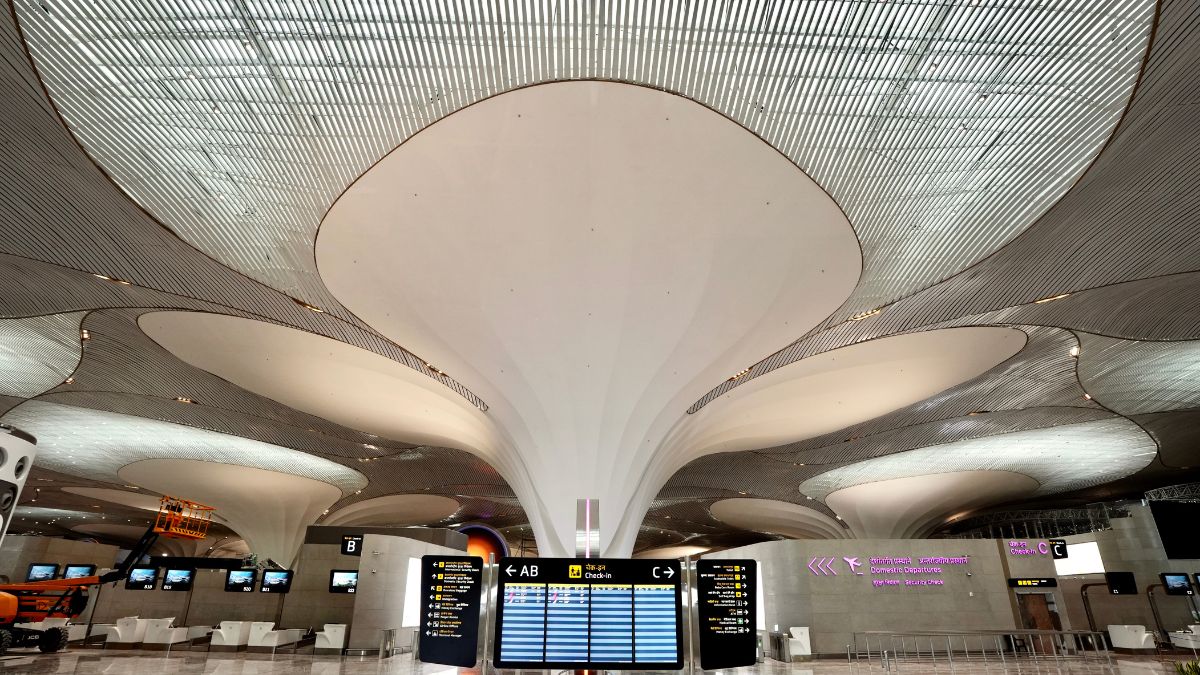)
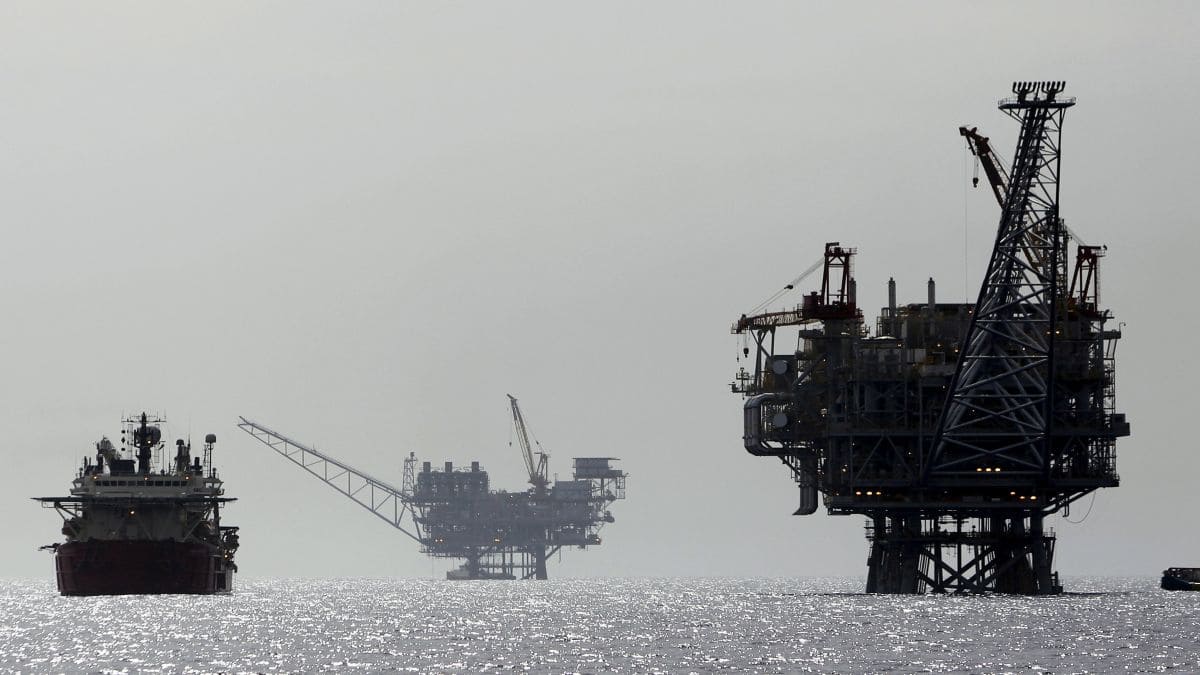
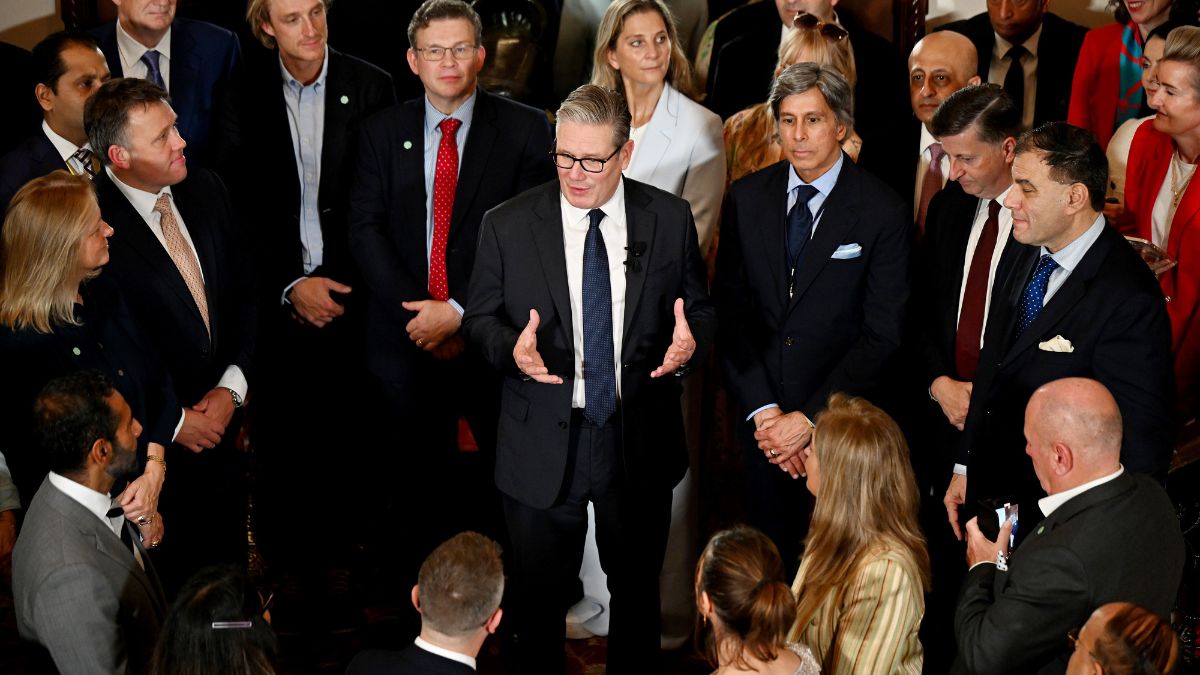)
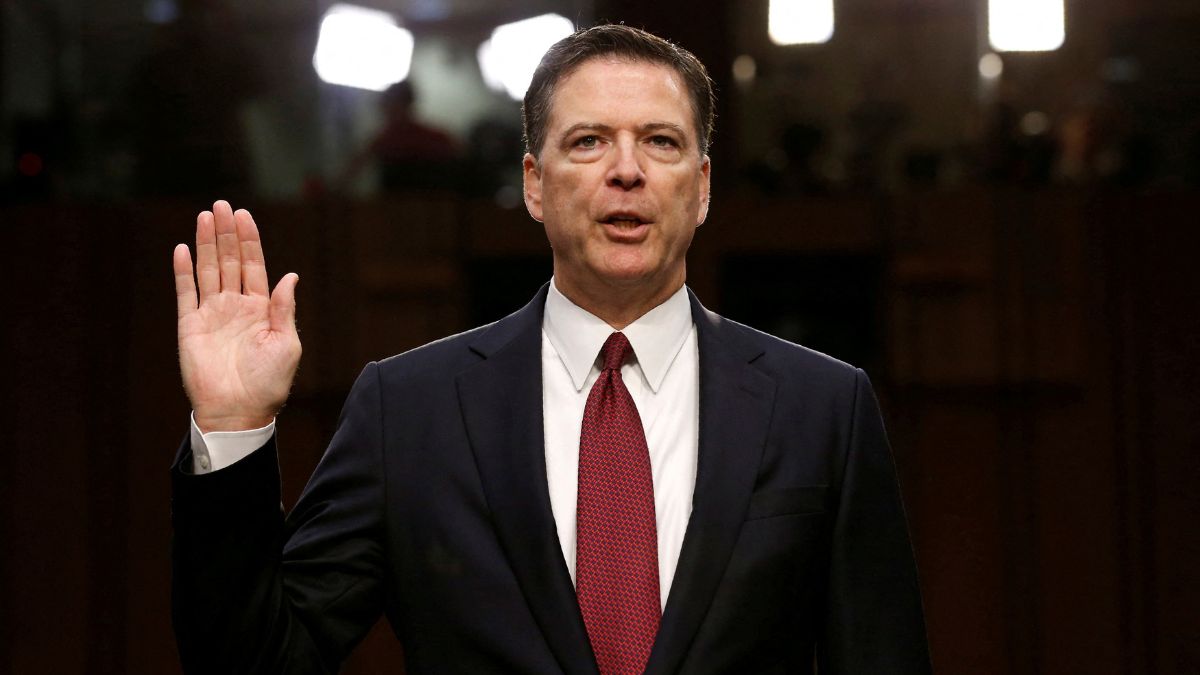)
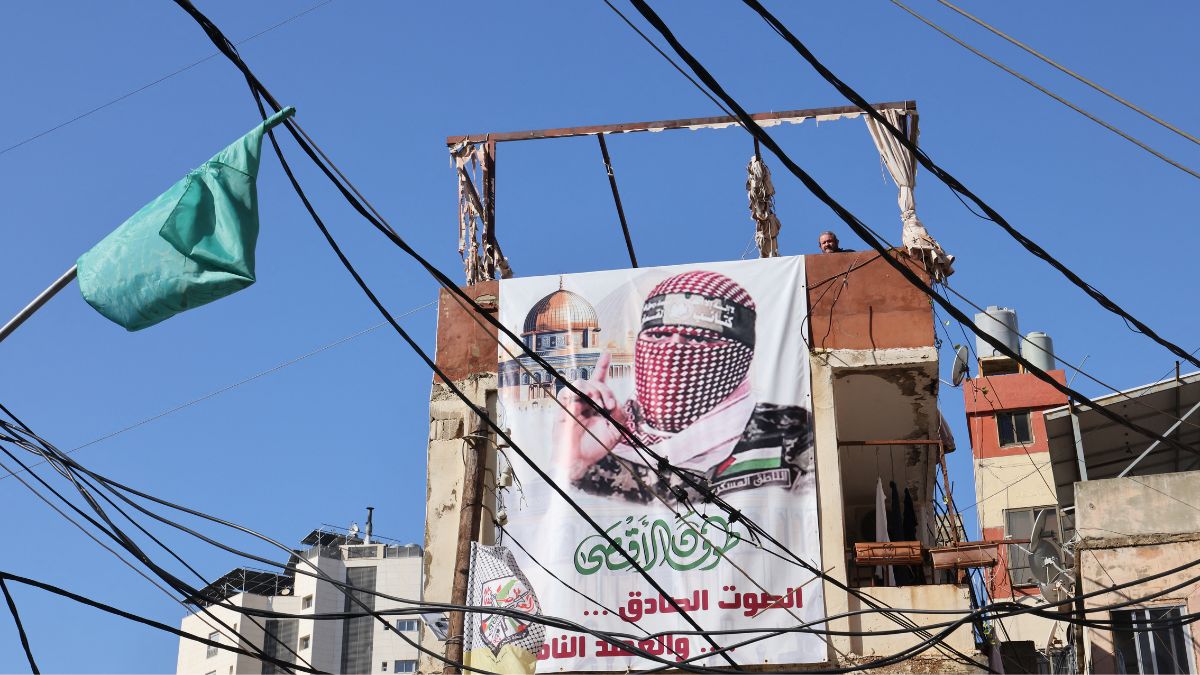)
)
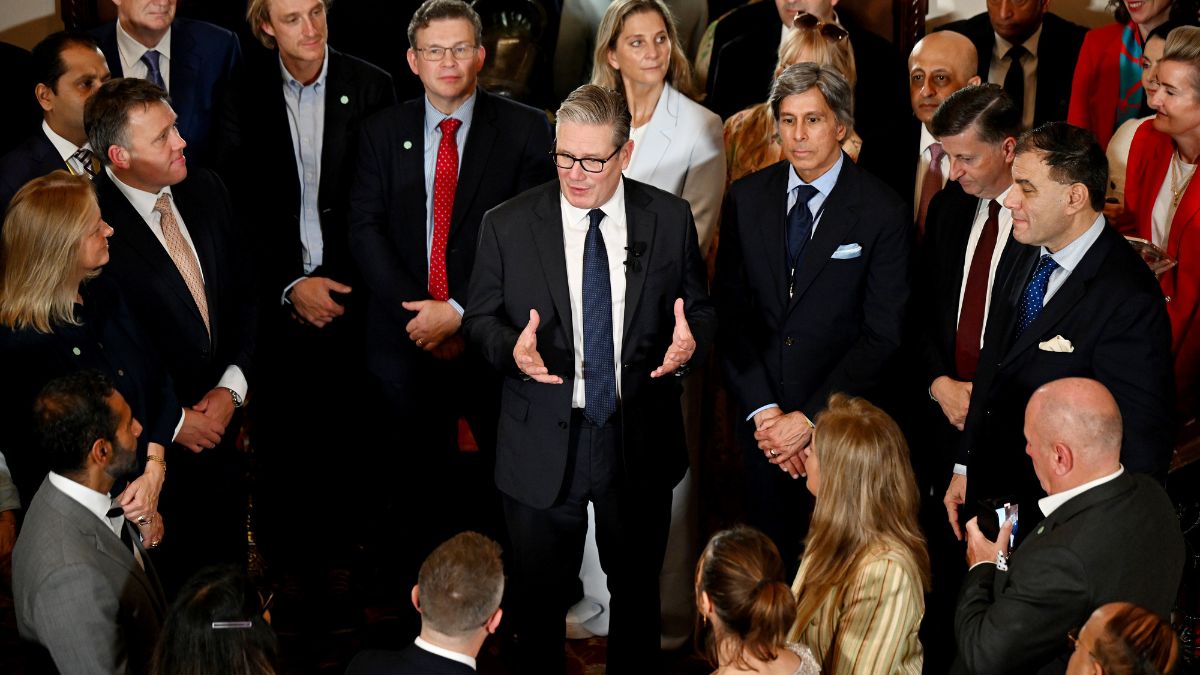)
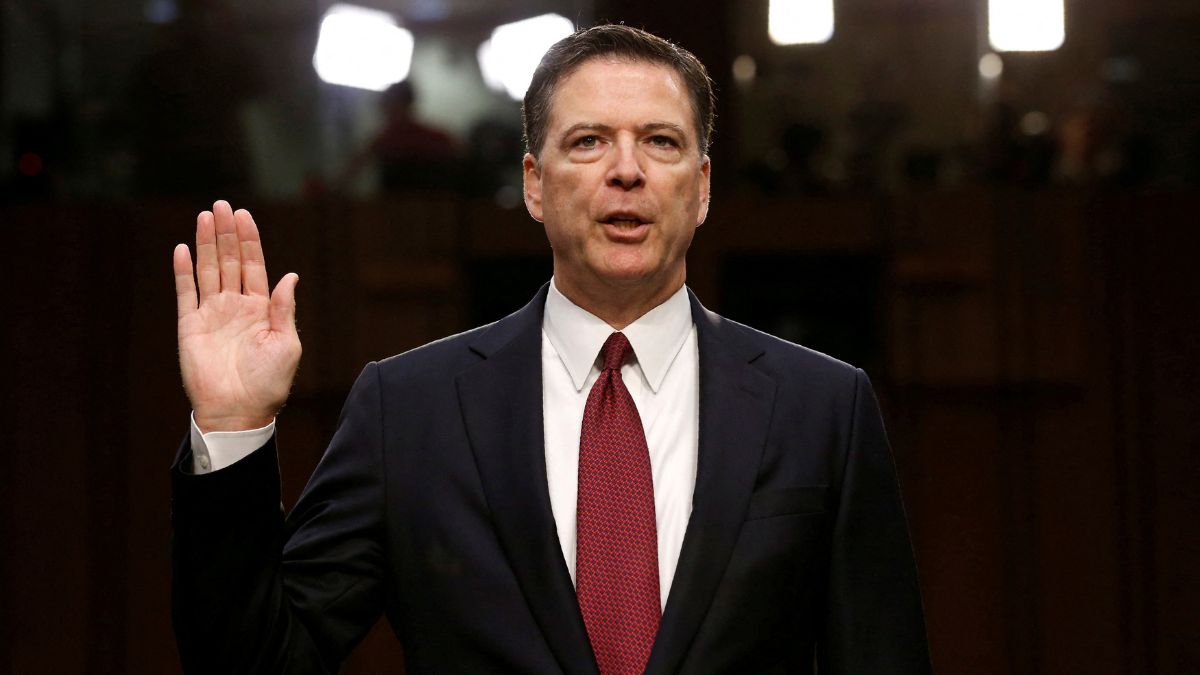)
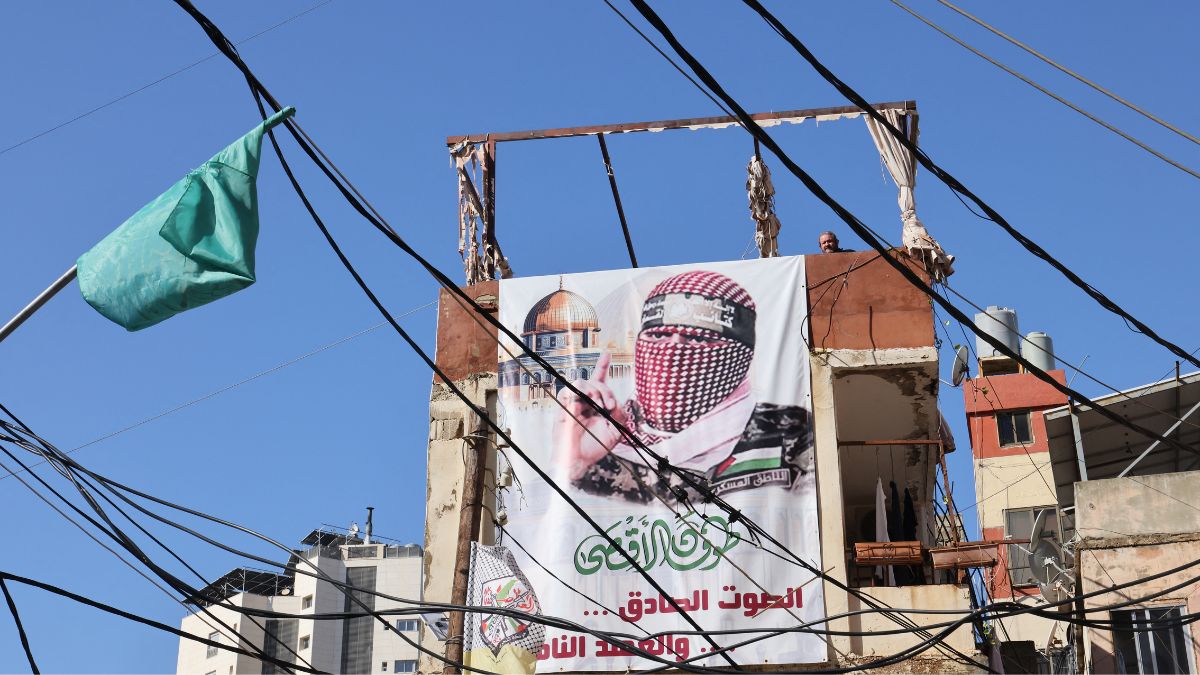)
)



